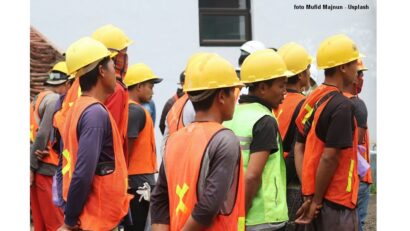Romania, in the European Commission’s Report on Education
The Romanian education system continues to lack performance.

România Internațional, 07.11.2018, 14:47
The Romanian education system continues to lack performance, failing to reach the targets set for high quality schooling by 2020, the Education and Training Monitor released by the European Commission this fall reads. With an obsolete education system, in which pupils do not find joy and motivation to learn, with poorly paid teachers and a huge gap between rural and urban education, Romania has not made significant progress in recent times.
In terms of budget allocations for education, although figures are on the rise, they continue to be below the European average that is 3.7% in 2016, as compared to the European average of 4.7% of the GDP. In the 2014-2017 time frame, the school dropout rate among 8th form graduates in the 18-24 age bracket stood at 18.1% as compared to the European average of 10.6%, and the 10% target set for 2020. However, there is a school dropout rate which is not included in statistics – that regarding youngsters who start high-school and abandon classes during the school year.
Experts in education claim however that these targets were set sometimes in 2008-2009 based on the situation reported back then and of outlooks of the way in which our education system might progress. Furthermore, it is worth mentioning that not all European countries started from the same ground when they set their targets.
Ciprian Fartuşnic, director of the Institute for Education Sciences has more on the early school dropout rate: ”The situation is not at all good as regards this indicator because in 2009 we set the target at 11.3%. Practically, we want to reach this target by 2020. The projection was based on a moderate scenario, because we could have reached that target without much effort. But Romania was affected by the global economic crisis and things no longer happened as planned and now we are far from reaching that target. The rate currently stands at some 18%. Now, one in five Romanians fails to graduate the 10th form.”
As regards higher education in Romania, the average number of university graduates continues to be far from the European average, with some exceptions, says Ciprian Fartuşnic: “The situation is slightly better as regards the indicator regarding tertiary education student attendance rate, that is university studies. A reference group, namely the 30-34 age bracket, is close to reach the envisaged target set for 2020. We are one of the countries which have made significant progress in this field, as compared to 2010. Tertiary education is currently the only one benefiting from an adequate level of funding of the overall budget allotted to education, close to the EU average. In exchange, the percentage of expenses in the total amount of expenses for education in the preschool, primary and secondary school systems is much, much smaller and I believe that the main message of the EU Education and Training Monitor is the need for reconsidering some measures and initiating new support programs for the foundation of the education system represented by these levels. Because we risk having polarization: children who manage to graduate from higher education institutions and even go further with MA or doctoral studies and children (one in five) who do not manage to complete basic education.”
Even if, in Romania, only 45% of the students pass the Baccalaureate exam, there are students who obtain spectacular results. Every year, thousands of students participate in national and international Olympiads and some of them are admitted at some of the most prestigious universities of the world.
The same school produces both geniuses and illiterates, says education expert Ciprian Fartuşnic: “If our education system was really down, as many have labeled it, there wouldn’t be so many students able to meet the education requirements abroad, in the foreign countries where they accompany their parents, we wouldn’t have students participating in Olympiads, we wouldn’t have so many students admitted at famous universities in the West or occupying important professional positions. But the big problem we have is that these students are only one side of the whole story. On the other side there the many children who have difficulty in keeping up with the school requirements and who eventually drop out of school. According to a study we have made, there are hundreds of thousand of children who drop out of school. That is why it is very important to focus, in the future, on measures to prevent this phenomenon. Because, once a child has become used to not going to school, it will be very difficult to bring him back to school. The school system entitled “A second chance” is functioning where there are schools with such a program, but, at national level, the distribution of centers and schools that offer “A second chance” is very different. Therefore it’s better to fight for a first chance, so that each and every child should be able to find in school a place where to reach their potential, to feel safe and encouraged. Quite often, schools are one of the causes of school dropout because they don’t manage to sufficiently adapt their educational offer and their teaching strategies to the needs of children, which are so different.”
The European study also shows that between 2014-2017 the employment rate of fresh graduates (the 20-34 age bracket) was 76% as against a European average of 80.2%. The higher education graduates account for 87.4%, which is more than the EU average of 84.9%.






























